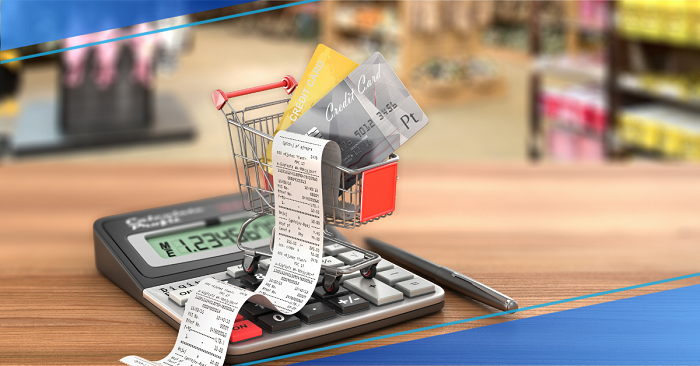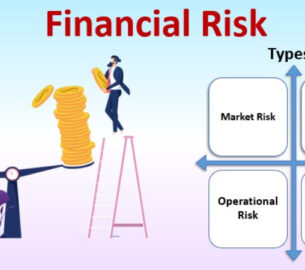Consumer Spending :
Consumer spending is a part of the economy in which individuals and households spend money on what they want. Consumer spending includes buying durable products, non-durable items, or services for personal use.
Consumer spending can overlap with other categories such as investment because people invest their savings by purchasing stocks and buy goods like cars to save time, so it’s hard to categorize these purchases into one category only.
We all know that consumer spending is important in the economic sense, but with today’s ever-changing world, it can also be difficult to keep up. Luckily for us, there are online accountant services available where you simply enter your information and let them do the hard work!
Consumer Spending is Determined by Five Determinants.
Consumer spending is determined by five determinants, which are the factors that influence your spending. Changes in any of these components can affect consumer spending.
➤ The most critical determinant is discretionary income.
Money is what we need to buy the things that our lives require. Without it, no one would be able to purchase anything of worth. This means that discretionary income has a huge effect on how much people spend and demand goods in general. As incomes increase, so does spending, which creates more jobs. Still, if prices go up without an equal expansion of supply as well, then many families will not have enough money left over at the end of each month because they are forced to make tough decisions about where their limited funds should go towards buying necessities like food or heating bills etcetera, leaving them with less disposable income than before even though wages may have increased slightly due out increases in production costs (which account for inflation).
➤ This results in inflation.
Imagine a country where the average income is only $100, and they’re expecting to increase by 50% in just two years. What kind of goods would be available for purchase? How can you provide necessities like water with such little money? The per capita income tells us how much each individual spends monthly on essentials, and that’s all we need to know because it reflects whether or not their life is improving.
The second component is Per Capita Income which indicates “how much each individual must spend.” Higher incomes may arise when populations grow, but an improvement in living standards occurs due to increased spending power rather than population size; this means your level of life has improved too! Income is an important part of any household, and the average person has a lot to gain from increasing theirs. Virtual accountants take care of this for you, saving time and effort that could be used elsewhere in your life. They can help with business taxes as well!
➤ Income inequality is the third determinant affecting consumer spending.
The economic system would be more stable if income increases are directed to low-income families. Low-income earners spend a greater portion of their incomes on necessities and therefore have the most direct impact on consumer spending in our economy, which drives growth. The economic situation becomes unstable when high-earners get an increase. At the same time, others do not receive any benefits from it because they will save or invest instead of using those extra funds for household basics such as food and healthcare that affect everyone else’s well being too.

➤ The fourth component is the extent to which households are in debt.
Nearly 100 million Americans are saddled with debt, and it doesn’t look like that number will be decreasing any time soon. Between credit card bills and student loans, more than half of all households have some form of financial obligation to an outside party. The fourth component is the extent to which this affects household finances – namely, whether or not increased costs over health care could lead them into a downward spiral from which they might never recover.
➤ Consumer expectations are the fifth determinant.
Inflation is a pressing issue for most people. The Consumer Confidence Index measures the optimism of Americans in their prospects as well as how much they expect to spend on things like groceries and gas over time. This index has been at all-time highs and because more workers are getting back in charge with higher wages and benefits such as paid sick days, which will help boost our economy across the board!
Impact of Consumer Spending
The government needs to take care of the people by encouraging spending. However, with so much competition in today’s economy, there is always a risk for a recession if demand drops too low. The only way out, it seems like, would be cutting taxes on businesses and letting them produce more goods that are demanded- but this may not fix anything either because then prices will rise given supply exceeds demand which leaves consumers back at square one!
Consumer spending has been shown through multiple studies to provide an immense boost to our national economy and other developed countries worldwide, such as Canada or Australia. They have welcomed American consumerism into their cultures.
A decline in consumer spending could have a significant effect on the economy. If people stop buying goods, prices fall, and deflation occurs, slowing economic growth even more. However, too many manufacturers producing products for consumers can cause inflation to occur as demand exceeds supply so that they are forced to raise their prices when there is not enough production capacity available, causing this problem of excessiveness because it forces them into recessions (or periods where companies reduce production) by reducing output lower than what’s needed based on customer needs or wants according to with preferences which will always be lessened until time passes again making it better.
The decline in consumption has detrimental effects on the economy, such as slowing down GDP rates while also lowering price levels due to decreasing wages and profits, among other factors.
The Federal Reserve’s primary mission is to fight against inflation. When people anticipate that prices will be higher in the future, they spend more now, which increases demand, and businesses are compelled to hike their prices even further because of it. This creates a self-fulfilling prophecy with little hope for reversal until increased spending slows down or consumers change their minds about future price hikes.
The Verdict:
Consumers who anticipate ever-increasing prices will spend more now. This increases demand, even more, compelling businesses to hike their prices which soon becomes a self-fulfilling prophecy that is difficult to reverse, so the primary mission of the Federal Reserve should be fighting against inflation.Read More












